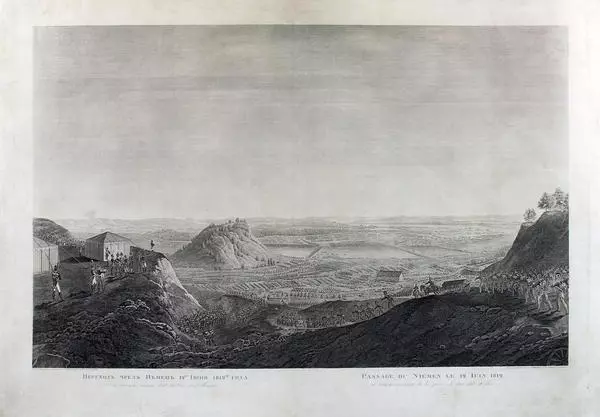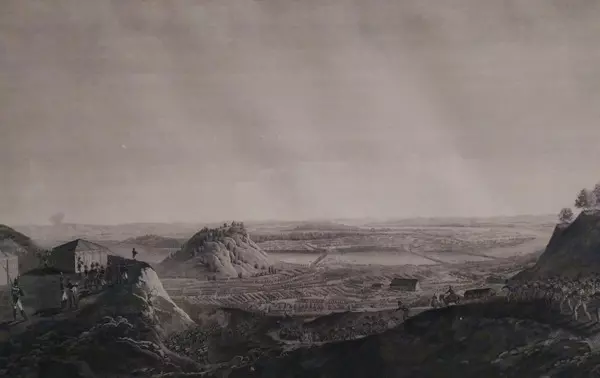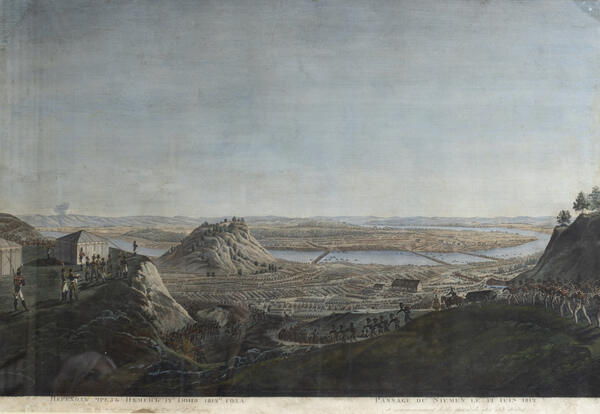Napoleon Bonaparte carefully planned the invasion of the Russian Empire. Enlisting the support of Austria and Prussia, he pulled his troops near the city of Kovno (currently Kaunas, Lithuania). Early in the morning of June 12, 1812, without declaring war, the advance guard of French troops began crossing the Niemen river. The crossing of 220 thousand soldiers of the French army, including infantry, guards and cavalry, took four days. This marked the beginning of the Patriotic War.
This is how the French diplomat Armand Caulaincourt recalled this event: “The division passed by all the army corps, heading for the bridges; soon it found itself on the opposite bank. Then the soldiers let out loud cries of joy, which horrified me; as if they wanted to say: ‘Now we are on enemy land! Our officers will no longer punish us when we feed at the expense of the residents! ’ Until then, according to the strict order of the emperor, the authorities managed to maintain strict discipline. The proclamations reminded the army that they were passing through the possessions of the King of Prussia, on the territory of an ally, and that it should be treated as if it was French soil. Unfortunately, this order was often forgotten or neglected; these were clear violations which the commanders tried holding back by reminding the soldiers:Napoleon’s Army Crossing the Niemen
Время создания
the first half of the 19th century
Место создания
St. Petersburg, the Russian Empire
Размер
82,4x56,6 cm
Техника
paper, engraving
Коллекция
1
Открыть в приложении#4
#5
When we reach Russian soil, you can take whatever you want…
#6
Leo Tolstoy had combat experience in the Caucasus and Sevastopol, saw death and suffering of people. He formed an anti-war position, which he embodied in many of his works, especially in the novel “War and Peace”. Tolstoy writes about the war as “an event <…> opposed to human reason and to human nature.”
The third and fourth volumes of the novel contain philosophical digressions in which Tolstoy tried to comprehend the behavior of the masses during major events. Leo Tolstoy faithfully recreated the smallest details to show the historical context. He tried to understand the logic of both the commanders, who were in charge of thousands of people, and ordinary soldiers, whose actions directly influenced the outcome of military campaigns.#7
Ministry of Culture of the Russian Federation
читать дальшескрыть
00:00
00:00
1x
Napoleon’s Army Crossing the Niemen
Время создания
the first half of the 19th century
Место создания
St. Petersburg, the Russian Empire
Размер
82,4x56,6 cm
Техника
paper, engraving
Коллекция
1
Открыть в приложении
Поделиться






